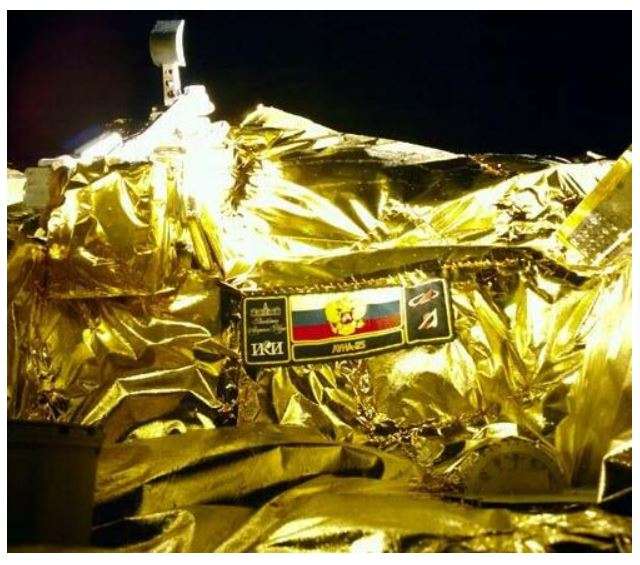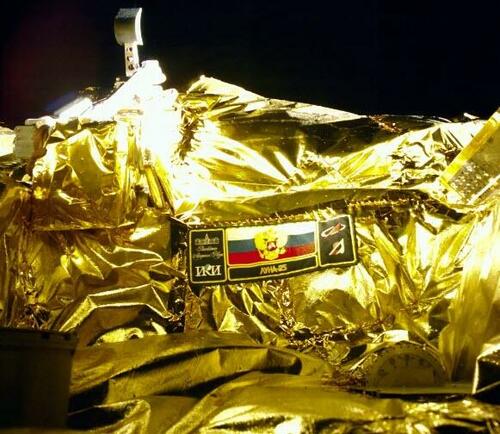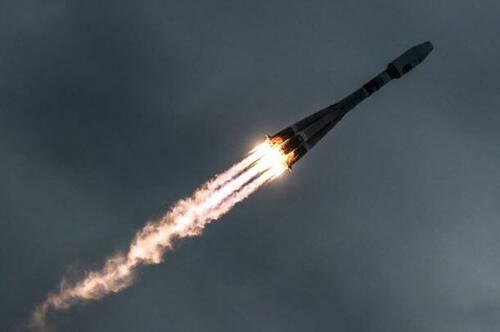On September 14, 1959, The Soviet Union’s Luna 2 spacecraft became the first man-made object to make contact with the Moon – slamming into its surface and completing its lunar impactor mission.
After that momentous achievement, the USSR shifted its focus away from impactors, and eventually became the first country, in 1966, to successfully complete a soft landing on the Moon.
A few months later, NASA‘s Surveyor 1 became the first U.S. spacecraft to conduct a soft lunar landing – a mission which paved the way for the manned Apollo missions and eventually Neil Armstrong and Buzz Aldrin becoming the first humans to set foot on the celestial body’s surface.
You will find more infographics at Statista
But, Russia’s first mission to the moon in nearly half a century (the last mission – Luna-24 was in 1976) came to an unexpectedly violent end when its unmanned Luna-25 spacecraft spun out of control and crashed into the moon after encountering a problem as it began preparing for pre-landing orbit.
A picture taken from the camera of the lunar landing spacecraft Luna-25 during its flight to the moon shows the mission emblem and the bucket of the lunar manipulator complex, August 15, 2023.
In a delightfully-worded statement, Russian space agency Roscosmos said:
“According to the results of a preliminary analysis… the Luna-25 spacecraft switched to a non-designated orbit and ceased to operate due to a collision with the surface of the Moon.”
Luna-25 was launched on August 11 by a Soyuz 2.1b rocket from the Vostochny Cosmodrome in the Amur Region of Russia’s Far East.
The landing of the probe was supposed to happen days before the arrival of India’s own Chandrayaan-3 spacecraft, which is scheduled to reach the same area of the moon on Wednesday, according to the Indian Space Research Organization, the country’s space agency.
A rocket carrying Russia’s Luna-25 spacecraft launched earlier this month.
As The Wall Street Journal reports, Russia was racing with India to become the first nation to land a rover on the area of the moon that scientists believe could hold water and other elements that could support a human settlement in the future.
The Indian Space Research Organisation (ISRO) said Thursday (Aug. 17) its Chandrayaan-3 moon lander is now flying on its own after separating from the propulsion module that brought it to lunar realms.
“Thanks for the ride, mate,” ISRO officials tweeted from the mission’s account, as the agency announced the successful deployment ahead of the expected moon-landing attempt on Aug. 23.
The 6-billion-rupee (roughly $73 million) Chandrayaan-3 mission aims to bring India on to the surface with a precise landing near the moon’s south pole.
Only the United States, the former Soviet Union and China have made soft landings on the surface before.
Finally, as we detailed previously, China, which along with the U.S. is a leading country in space technology, has agreed to pursue a project to establish a human settlement on the moon together with Russia, but this weekend’s crash of the Luna-25 could mean that Moscow, which is the junior partner in the relationship, has less to offer than originally assumed.
China has accelerated its space program in recent years, and is currently the only country (known) to have landed anything on the moon in the 21st century. The CCP also landed a lunar probe on the moon’s far side for the first time in history in 2019.










